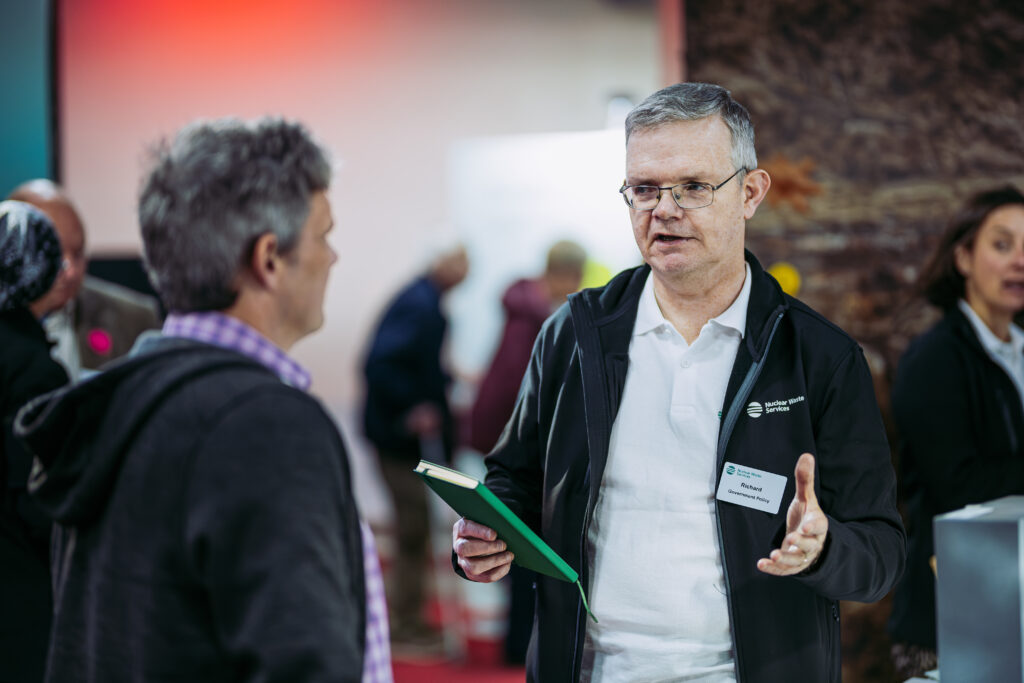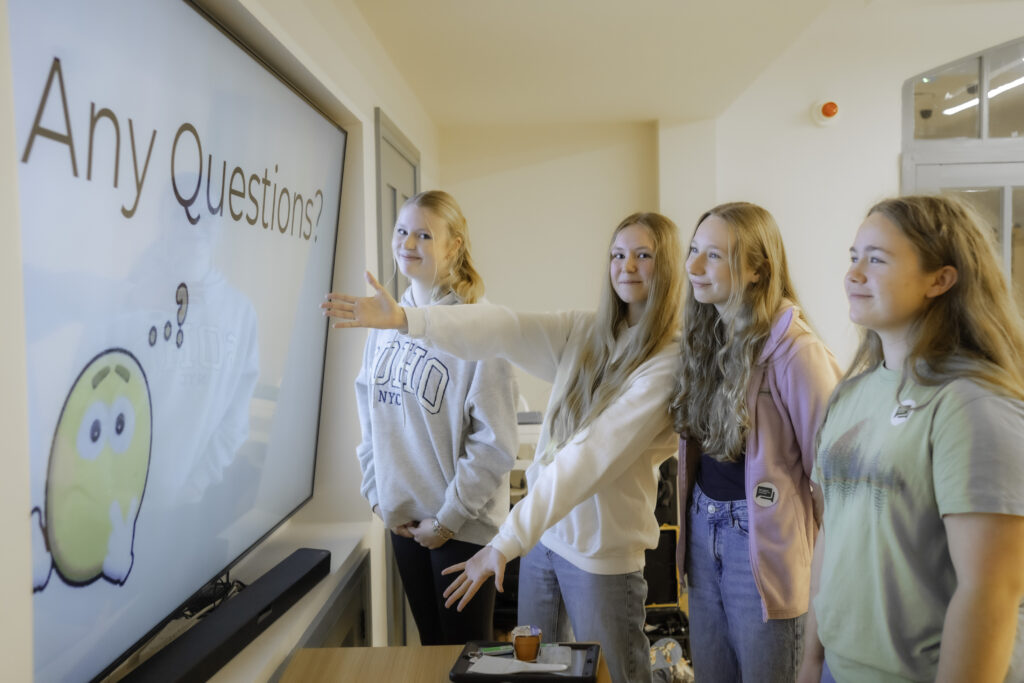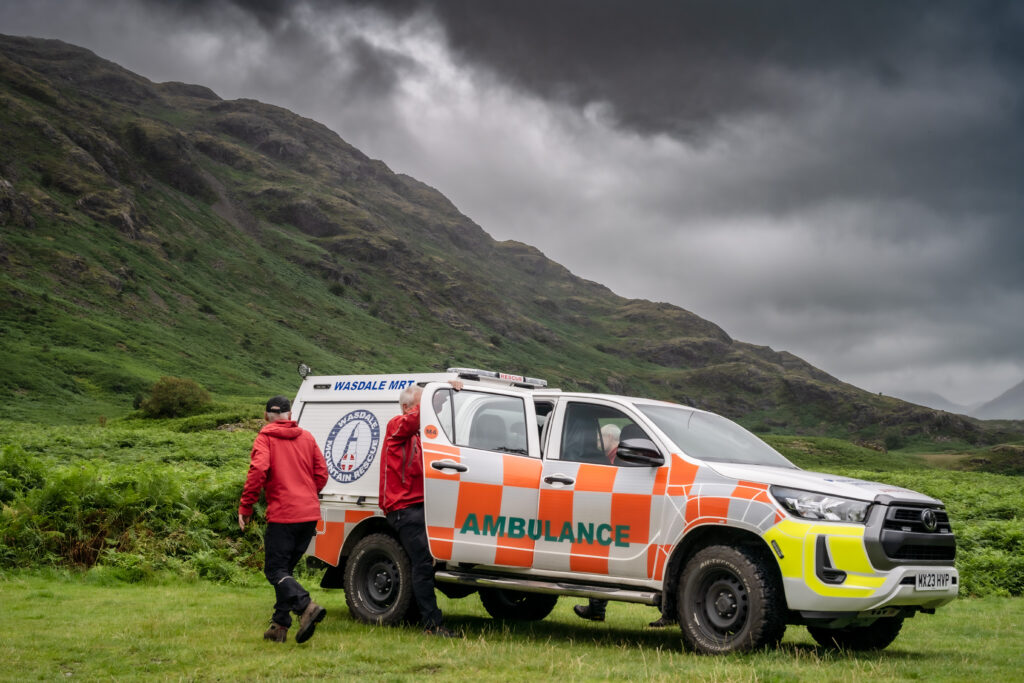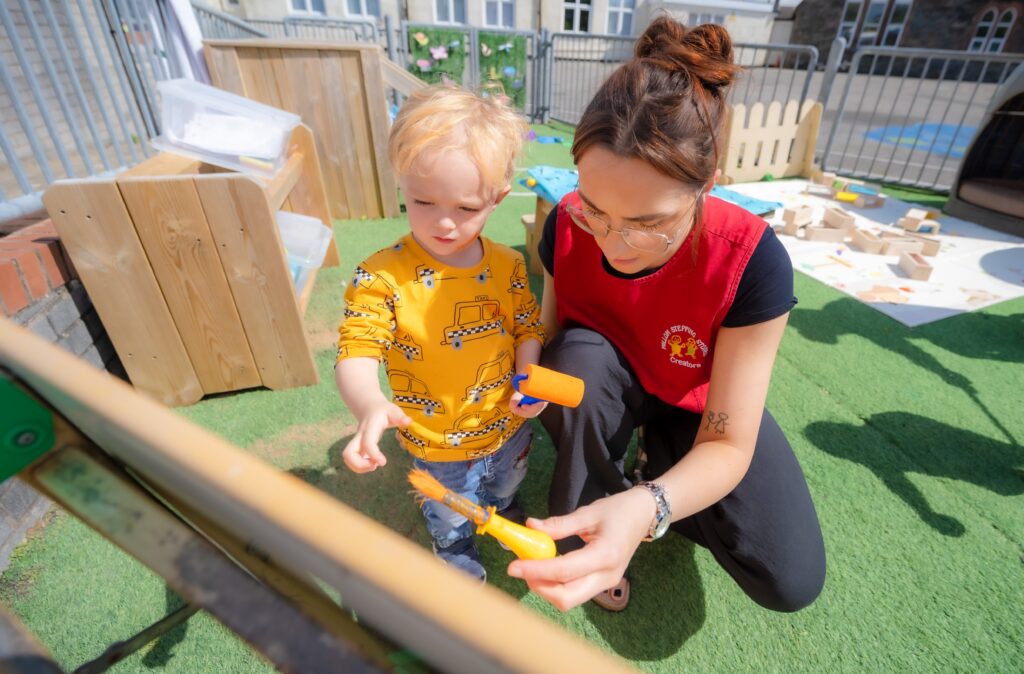Blog: Benefits of hosting a Geological Disposal Facility (GDF)
Top of people’s priority list when it comes to asking questions around what a Geological Disposal Facility (GDF) could mean for them is often about safety, construction, transport, geology, how long it will take, how big would it be?
And another frequent key question for Nuclear Waste Services (NWS) is why should my community be interested in hosting a GDF?
NWS is leading on delivering the UK’s first GDF, an underground facility to safely and securely dispose of the UK’s most hazardous radioactive waste.
Communities in Copeland have been engaged in the process over the past few years which includes having conversations, asking questions and thinking about what it could mean for them.
Mid and South Copeland GDF Community Partnerships in Cumbria include Cumberland Council, local organisations, community members and NWS. They help to get the community involved through providing regular events, discussion groups, information and communications.
Here, Richard Griffin, NWS’ Interim Chief Policy Advisor, explains the potential benefits for a community hosting a GDF:

A GDF is one of the UK’s largest infrastructure and environmental protection projects, so local communities naturally want to understand what’s in it for them? What could it mean for their children, their grandchildren and generations to come?
In a nutshell, a GDF will bring thousands of jobs, new skills and training, long-term investment and improved local infrastructure. There’s also additional community funding and many other associated economic opportunities such as generating further indirect jobs and driving growth.
Job creation and skills
The long-term nature of this multi-billion-pound programme provides a unique opportunity to develop skills, expertise and sustainable jobs for a local community.
We estimate that more than 4,000 jobs will be created in the first 25 years of the project during the siting and construction phases. And work on a GDF will carry on for about 175 years, generating an expected average of 2,000 jobs in any given year.
Most of the jobs created during construction and operation could, and should, be locally based, that’s really important for a community. The long timeframe means that education and training initiatives can be established to ensure local people have the best opportunities to develop relevant skills and qualifications.
This programme will provide a unique opportunity to recruit, upskill and reskill people in local communities, transforming the prospects of a region for generations. Once a site is selected, the sorts of roles which would be available include engineering, science and technical, trades, operations, and business functions.
All of this is likely to have a knock-on effect of creating a health supply chain, attracting further investment in the local area and increasing business opportunities.

Community Investment Funding
While communities take part in the search for a willing community and suitable site as part of the GDF process, the government makes available up to £1million per year for that Community Partnership Search Area. This funds projects which provide economic opportunities, enhance the natural and built environment, or improve community wellbeing.
So far, over £7million has been awarded in Cumbria, helping to drive positive change.
And much of this has been spent with new facilities or services provided including health and wellbeing services, play parks, revamped community buildings, life-saving equipment and local activities.
Community Investment Funding rises to up to £2.5 million annually per year for communities where deep borehole investigations take place to assess the geological suitability of a site.

Significant Additional Investment
The community selected to host a GDF would also benefit from further government funding called Significant Additional Investment, potentially worth many millions.
This would be in addition to any mitigations required under land use planning consent, and the investment and jobs that a major infrastructure project of this kind would bring to an area. Significant Additional Investment would replace the Community Investment Funding for a community.
The Significant Additional Investment will be shaped by a local community vision, which is a piece of work both Community Partnerships have started as part of the GDF programme. They’re gathering views and ideas to see what’s important to local people and to future generations.
The process of developing a community vision helps identify and articulate what communities would like to see, potentially enhancing existing local and regional strategies and plans.
We’ve found that the most frequent topics in Mid and South Copeland to date include transport, infrastructure, health services, education, skills and employment.
Work on a community vision is providing a catalyst for conversation and is ongoing. It’ll be refined over time to make sure it continuously reflects the local view.”

About a GDF
GDFs are internationally recognised by governments, technical experts and scientists, including Committee on Radioactive Waste Management (CoRWM), as the best solution for the safe, permanent disposal of our most hazardous radioactive waste.
They use engineered barriers to work alongside the natural barrier of deep, stable rock hundreds of metres below the surface. This multi-barrier approach isolates and contains waste to prevent radiation from ever reaching the surface environment at levels that could do harm.
NWS will evaluate each potential site, through its site evaluation process, to establish its suitability based on six siting factors: safety and security, community, environment, engineering feasibility, transport, and value for money.
Detailed studies and investigations will be conducted over a number of years to help ensure a GDF can be constructed, operated, and closed safely and securely.
The GDF programme requires NWS to find both a suitable site and a willing community and is still in the early stages.
In Copeland, deep geology beyond the coast is being considered for siting the underground elements of a GDF. This means a surface facility on, or near, the coast would provide access to a disposal area deep in rock beyond the coast. Construction will only start on a GDF when a suitable site has been identified, a Potential Host Community has confirmed its willingness to host the facility through a Test of Public Support, and all the necessary consents and permits have been obtained. This process could take between 10 – 15 years.
